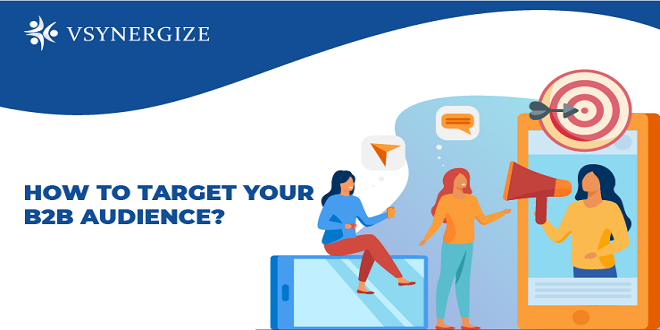Targeting Content for Your B2B Audience

The content marketing revolution transformed the B2B marketing world. The birth of marketing automation platforms launched in the mid-2000s also launched the digital content marketing industry. Content marketing is all about telling the story of your company’s product or service in an unbiased way and demonstrating thought leadership. Establishing a thought leadership position is accomplished through creating meaningful content that leaves an impression on your targeted accounts.
Marketing automation systems need content to fuel demand generation. Without content, there’s nothing to link to from your calls to action (CTAs) on landing pages. Demonstrating thought leadership would be impossible. Your company needs content to demonstrate its knowledge of industry subject matter. Content has become the lifeblood of a successful marketing program.
Creating a Content Library
According to the Content Marketing Institute, 80 percent of business decision makers want their company information in a series of articles, not in advertisements. The buyer journey is a comprehensive lifecycle, from the time a prospect first connects with your company. Your potential buyers want to read and digest information at their own pace instead of being spoon-fed by a salesperson.
By having a library full of content, your prospects can select the content they want to read or the videos they want to watch. This content informs them about the value of your company’s product or service without a sales pitch.
When brainstorming ideas for content, think of people outside of your company you need to interview. To remove any bias from your content, interview at least three thought leaders outside your industry, then send them quotes to review before including them in your content.
Storytelling and its importance
The importance of storytelling for modern B2B marketers can’t be overstated. Your prospects don’t want to watch a commercial or hear a product pitch. Buyers today want to be informed and educated, so they can arrive at a decision independently. The content your company produces should help tell a story to your buyers, so they can be guided down a path that leads to becoming customers.
The content in your library should be used in campaigns throughout the buyer journey. Throughout the sales process, there’s an underlying story. This is called the narrative. The narrative tells a story problem you’re trying to solve and builds to a conclusion at the end, which is how your company answers the solution.
When you think about storytelling, the story should be consistent. No matter who you tell the story, it shouldn’t change. However, you might tell the story from a different point of view, depending on the type of contact you want to reach. For example, the angle from which a story is told to an IT manager is very different from a CMO.
Taking a BtoB lens to your content
Imagine you walk into a store. The shopkeeper knows your size, the colors you like, your fashion sense, and your price range — all the information about the types of clothes you like.
Producing content by industry vertical
Your content should be specific to the industries and segments of the market identified in your buyer persona. When you start planning your first marketing strategy, you’ll work with your sales team to identify a persona that includes both company size (based on the number of employees and the amount of revenue) and the type of industry.
Last word
For your content, consider the stage of the buyer journey and who is in the account. Your marketing team needs to both educate one person or contact, and also all the contacts within the account who have a stake in the purchase decision. The content should be as specific as possible for each individual decision maker, ensuring they’re engaged in the process.
The game provides a platform for social interaction and strategic thinking, making it a favorite among gaming enthusiasts. Higgs Domino RP has a large community of players who engage in friendly competition and collaboration. Whether you are a casual gamer or a serious player, Higgs Domino RP offers something for everyone.





